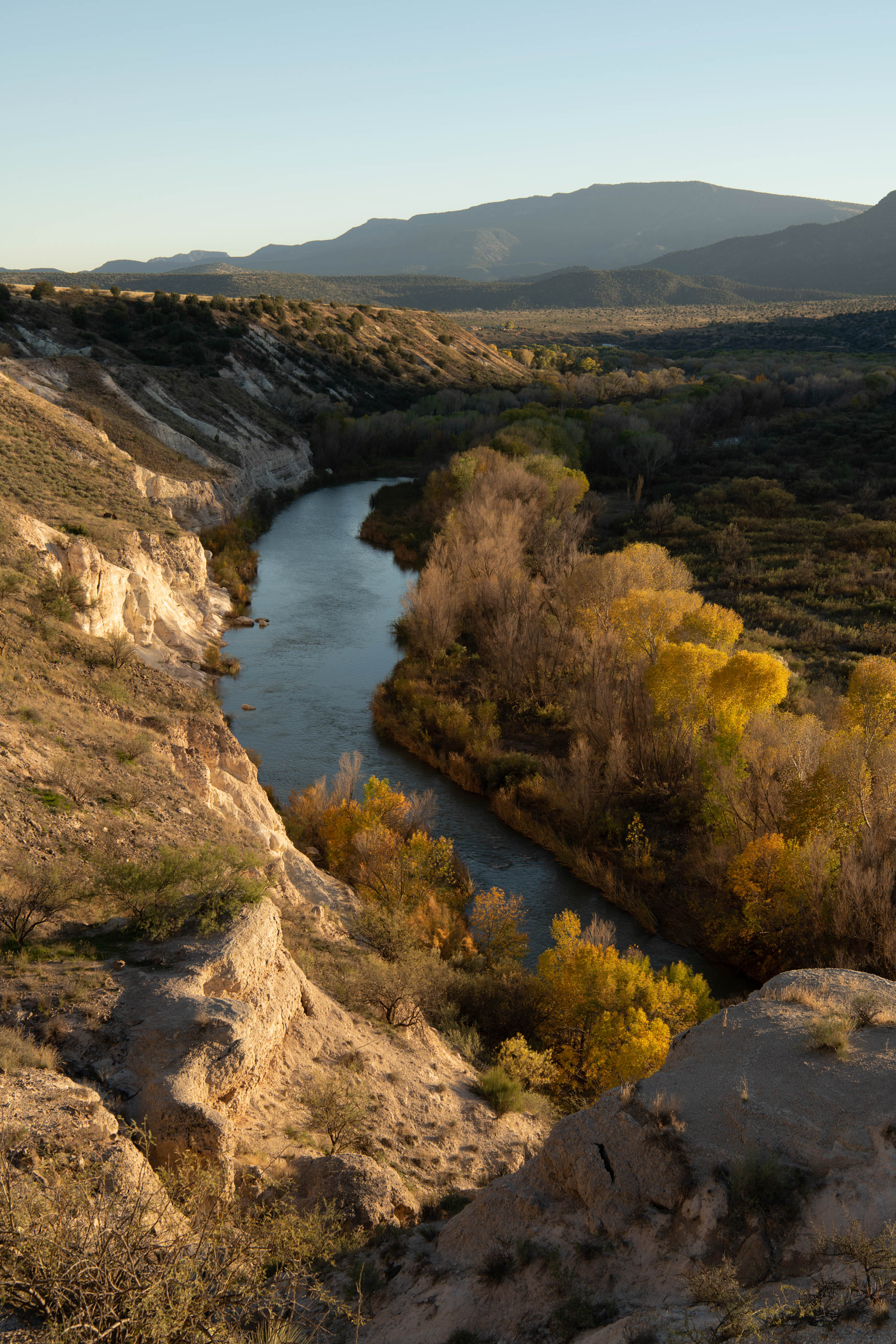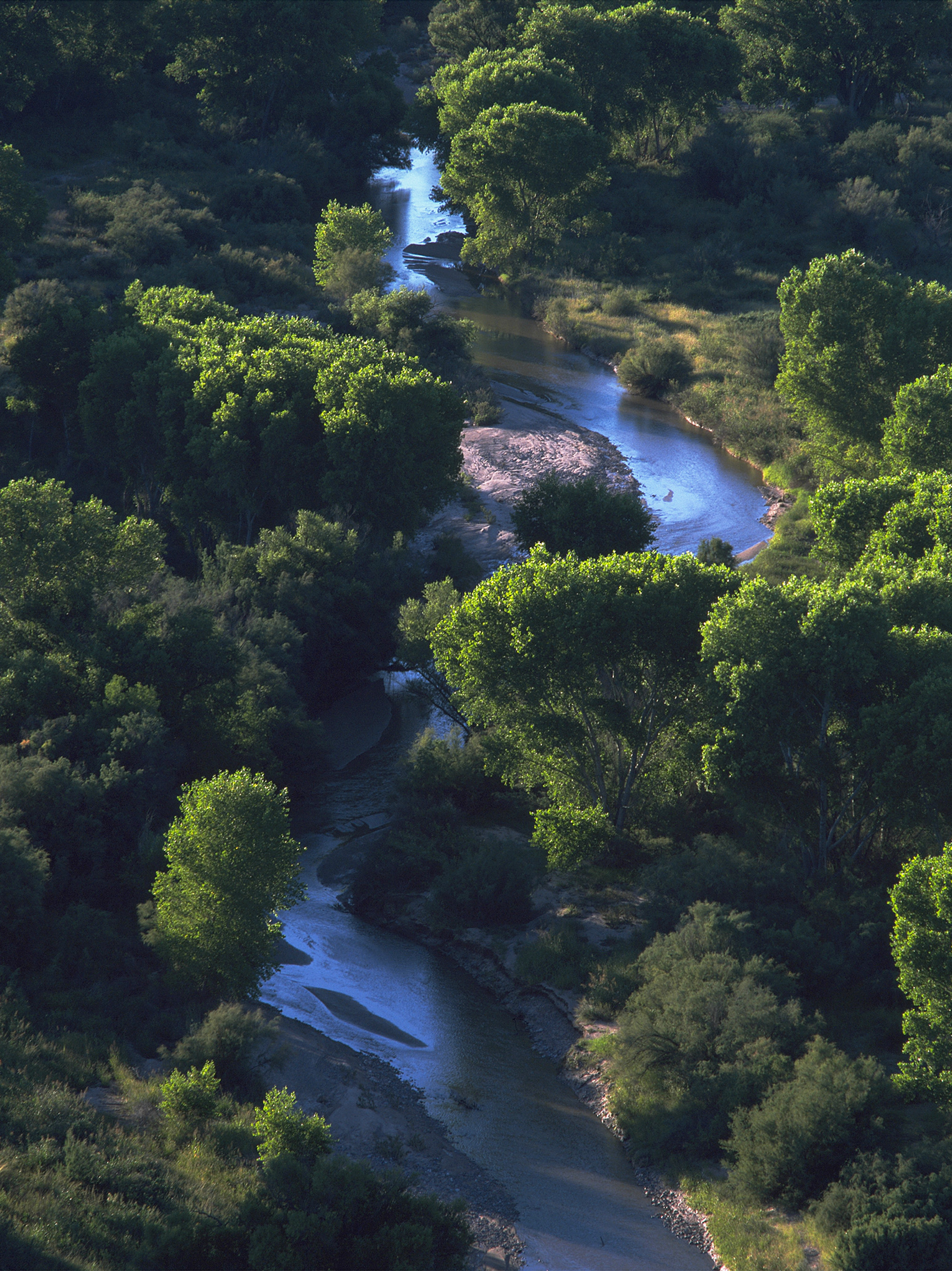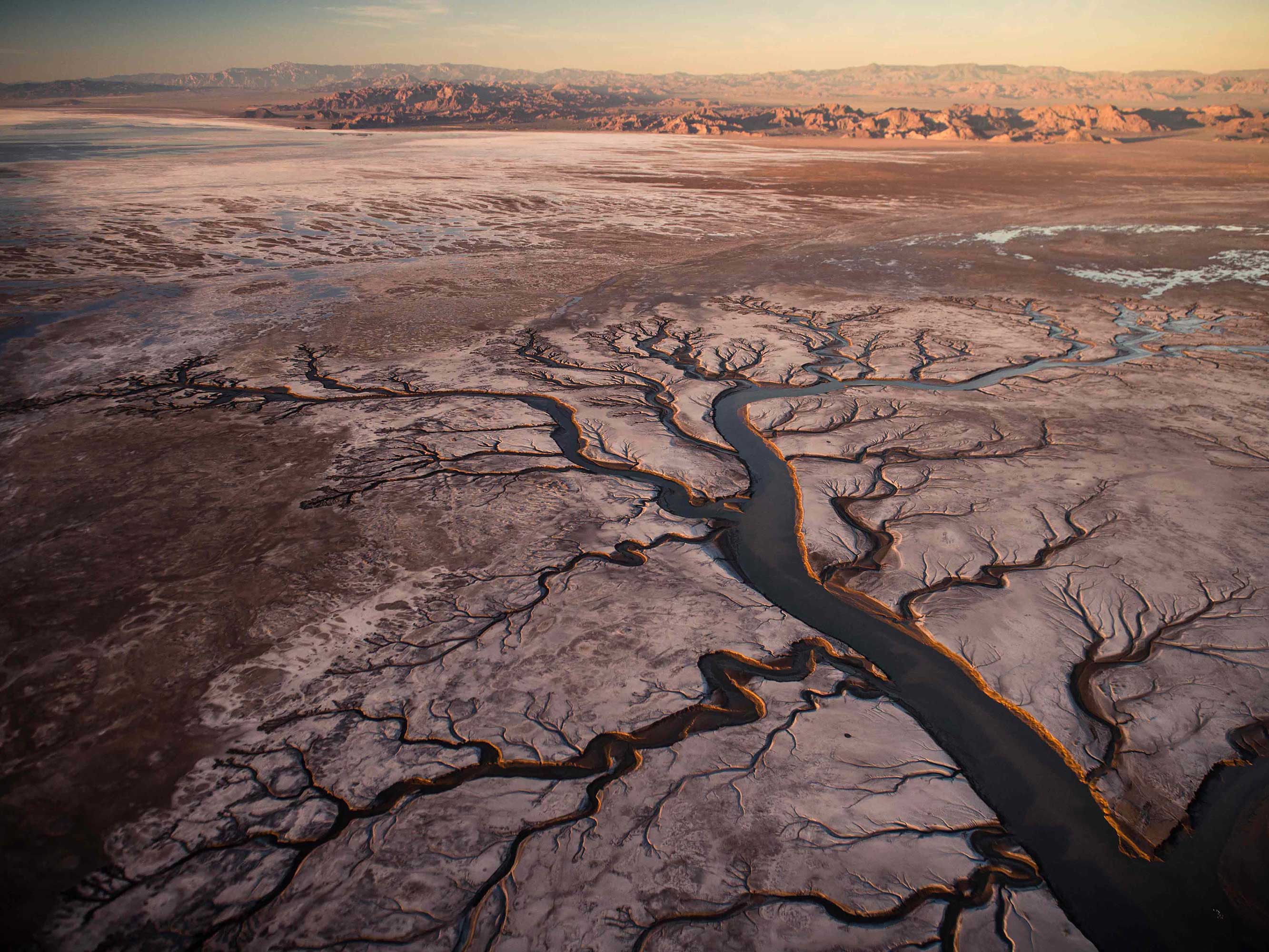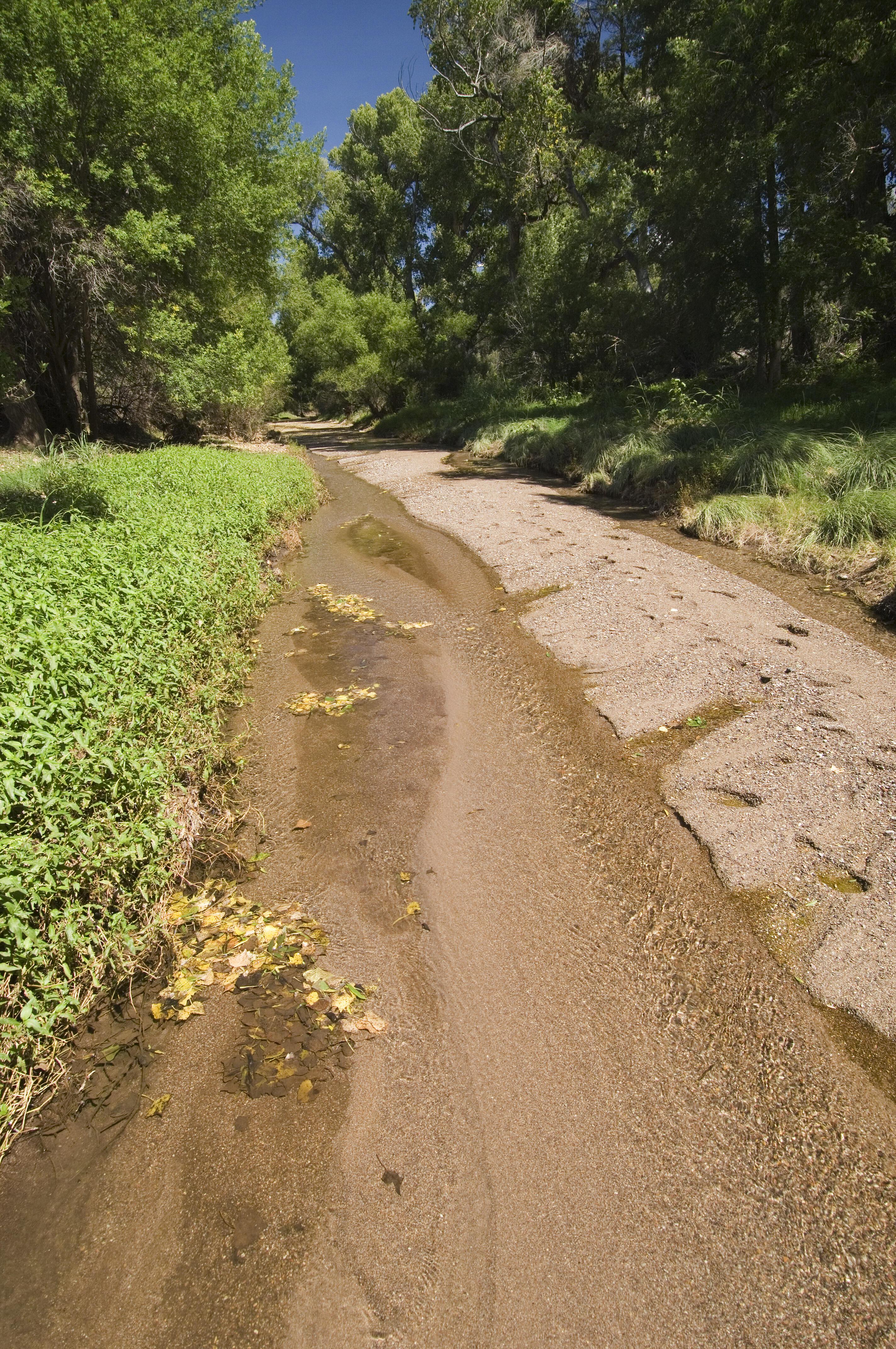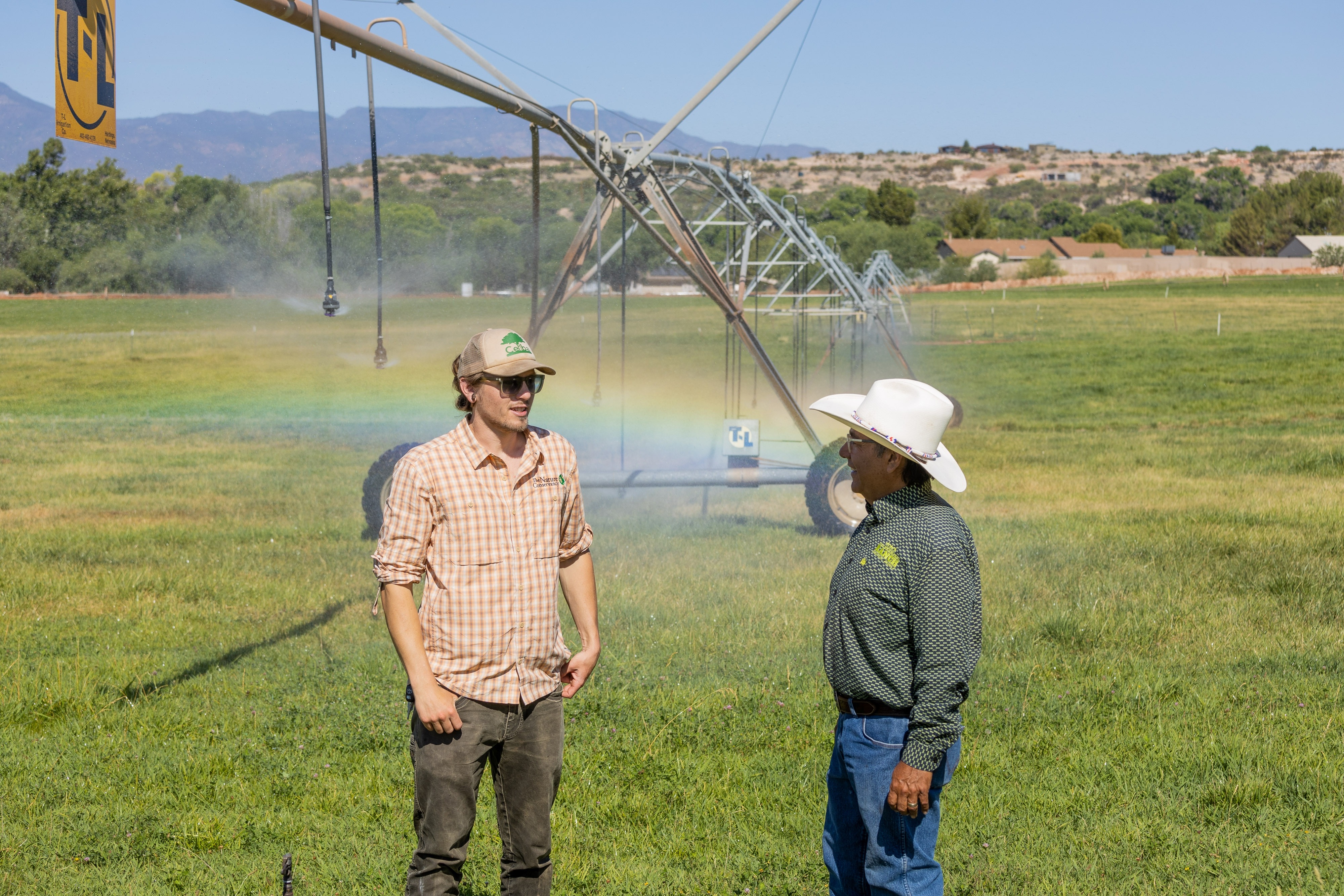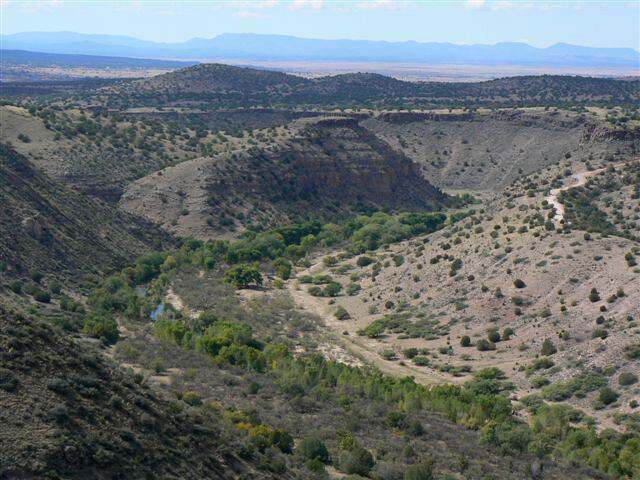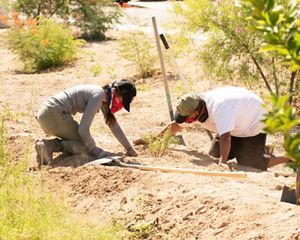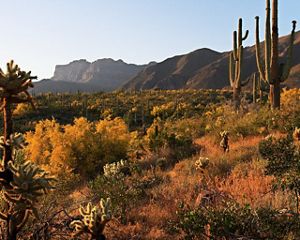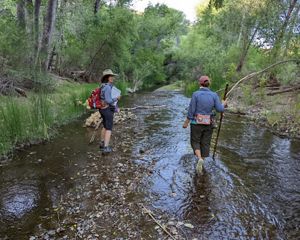Water Security for Arizonans

Beyond Arizona’s vast deserts are a rich network of rivers, tributaries and streams that fuel our economy, environment and daily life. We work alongside communities to safeguard and restore these vital freshwater systems, from the San Pedro to the Verde to the Colorado River, which provide critical drinking water and habitat for migrating birds and wildlife.
How Water is Used
Arizona may be known for cacti and coyotes, not freshwater fish. Yet, our rivers, streams, springs and wetlands support life in many forms, from birds and bats that migrate across continents, to fish and frogs that swim in the clear waters, to reptiles that bask on the banks. Resident and migratory birds and pollinating insects also rely on Arizona’s riparian corridor.
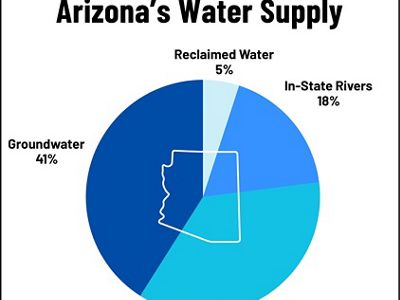
Freshwater resources are essential to the people of Arizona. Water is used to grow our food, fuel our economy and sustain daily life. Nearly 20% of our water supply comes from in-state rivers including the Salt and Verde Rivers that serve the Phoenix Metro Area. More than 40% of our water supply is groundwater, which is critical for supplying baseflow in rivers and streams, producing springs and seeps, and supporting wetlands.
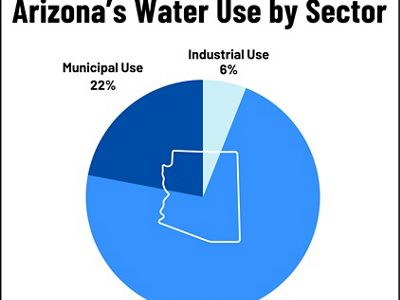
The Nature Conservancy collaborates with partners and communities to restore and conserve these freshwater systems, using science-based solutions and innovative approaches. With collaboration, planning and investment in our water resources, we can ensure future generations will walk along Arizona’s rivers, streams and springs and enjoy the lush habitat and diverse wildlife for years to come.
Importance of Freshwater Conservation
The watersheds in which we work are critical habitats for plants, animals, and communities. Our work is as diverse as each area’s inhabitants. And you thought Arizona was nothing but desert!
Our Water Goals
We envision healthy streams, rivers and springs across Arizona. Healthy waterways have streamside habitat with native trees, wildlife and clean waters. We can’t do it alone. We’re collaborators. We get our hands dirty, alongside our land and water stewards from all corners of our state to implement hands-on, grassroots efforts.
But we don’t just stop there. We’re advocates for change, crafting—and advocating for transformation—through supportive policies at local, state and federal levels to ensure our vision reaches far and wide.
-

Stormwater Management
We use wastewater and rainwater to recharge the groundwater, which helps the local communities in many ways. It improves the water quality, lowers the need for pumping groundwater, and reduces the risk of floods.
-

Rural Community Water Infrastructure
We work with rural communities to plan and improve their water infrastructure. We help them increase the amount of groundwater recharge, reuse water, and lessen the effects of pumping groundwater.
-

Irrigation Water Management
We engage with farmers, universities, and agricultural groups to get funding and support for improving irrigation systems and practices. We help them use water more efficiently and grow crops that require less water.
-

Watershed Improvement and Protection
We restore the land and waterways that are damaged or dry to increase the groundwater recharge, water storage, and natural floodplains. We also support the natural areas that depend on our freshwater resources.
-

Critical Lands Protection
We manage lands through legal agreements, or conservation easements, to prevent over-pumping of groundwater or changes in habitat. We identify and protect the areas that are important for the groundwater and the wildlife.
Collaborative Impact
We care about the places and the people where we work and live. We use our own experiences to align our conservation work with the needs and values of the local people and communities.
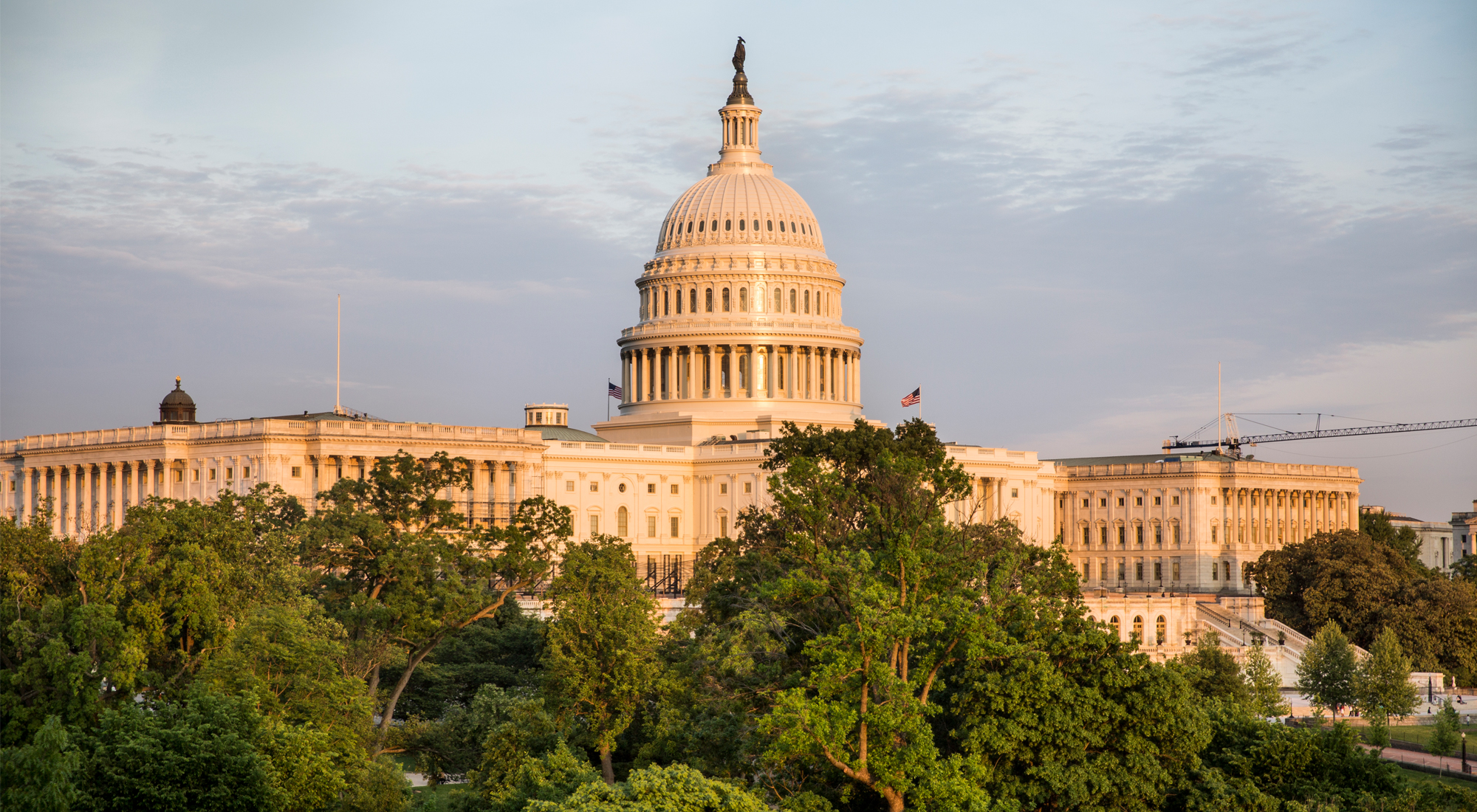
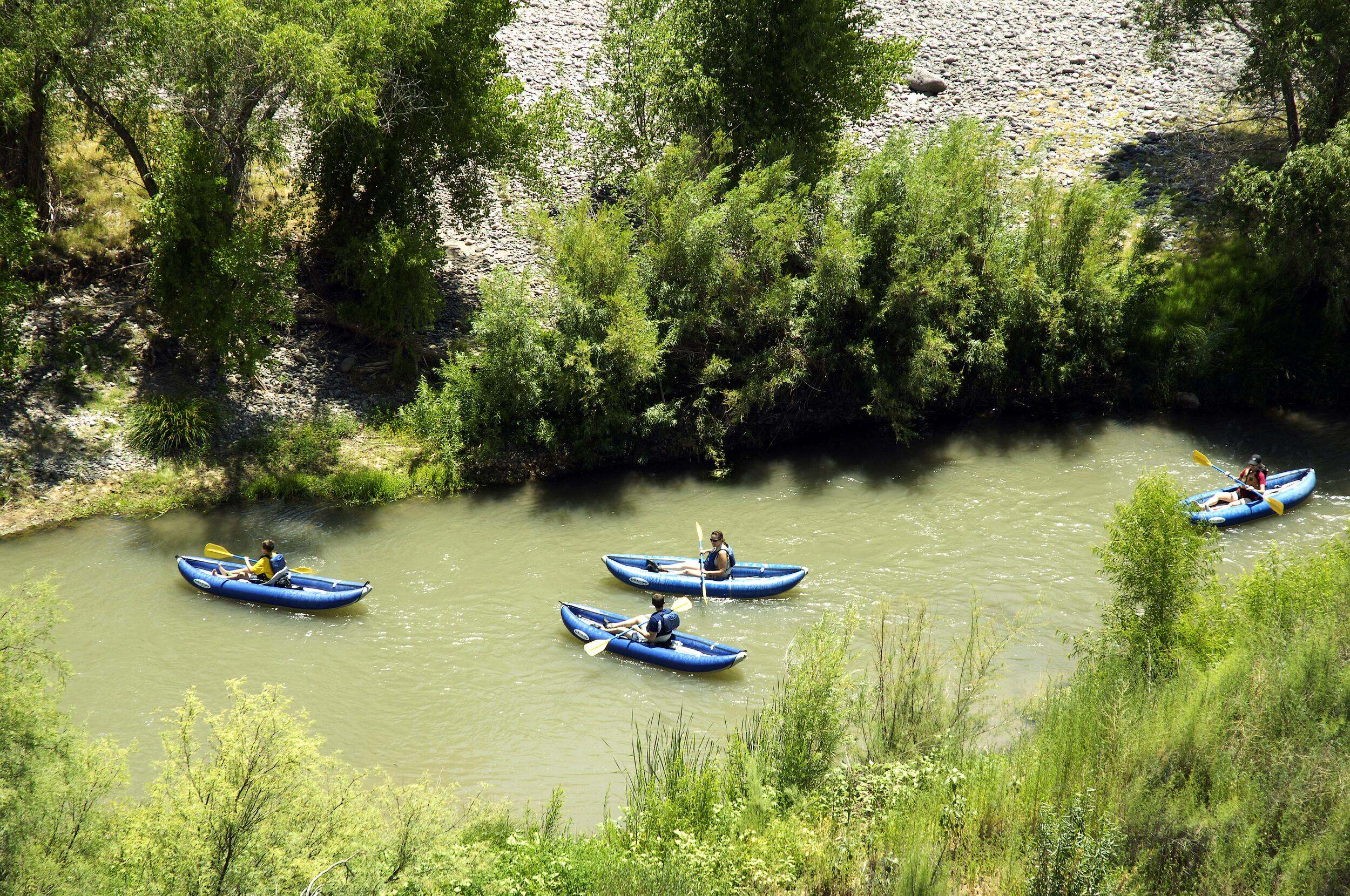
We Can’t Save Nature Without You
Sign up to receive monthly updates from Arizona. Preview a Natures News email.
